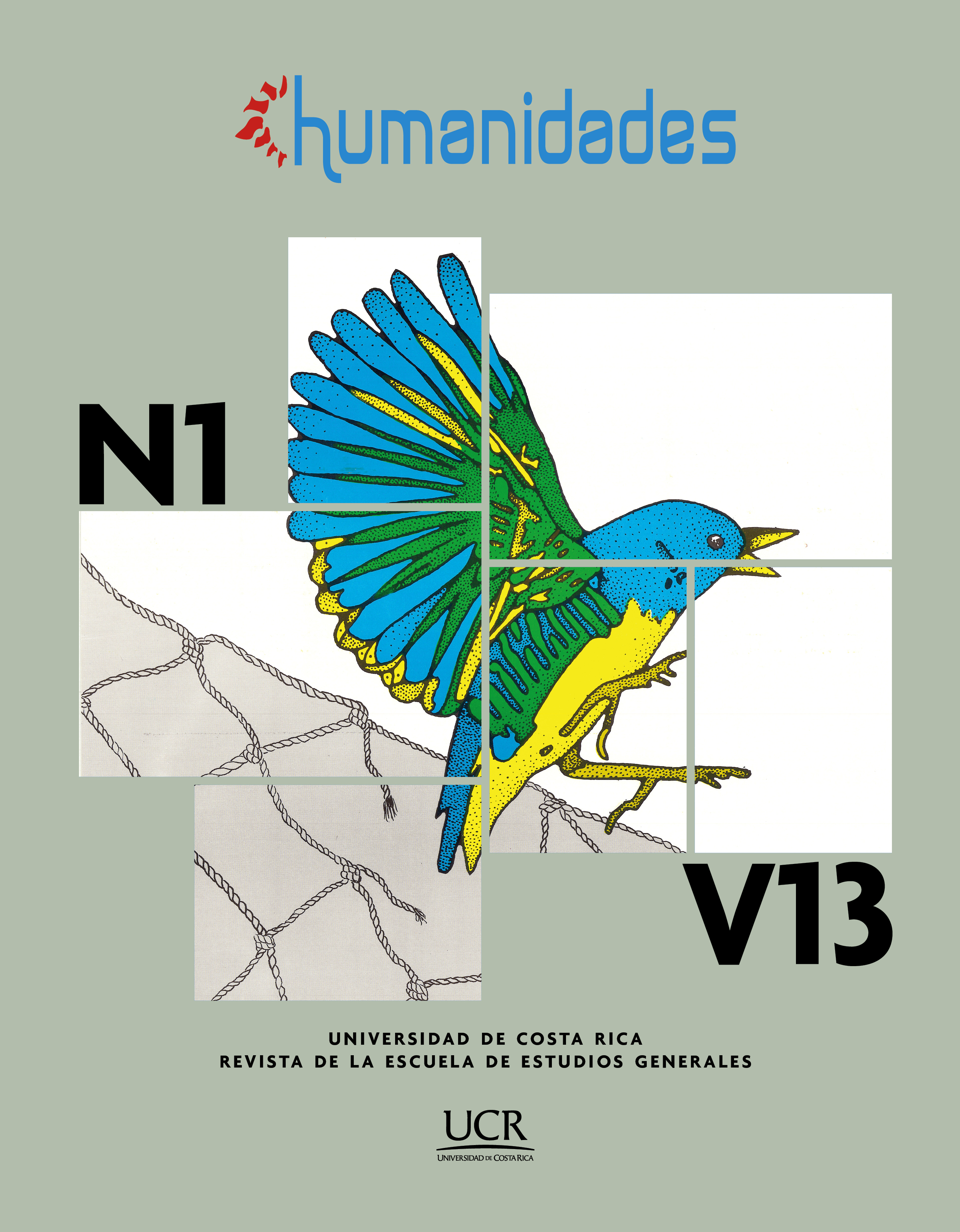Abstract
This article shows an empirical research situated in the field of musical performance. Its aim is to find out musicians’ thoughts about musical expressiveness and its teaching, in order to deepen and advance in their knowledge and didactic approach. The study, which follows a descriptive method, was carried out with 219 subjects, including teachers and students from a conservatory. The methodological approach applied is quantitative, based on the calculation of basic descriptive statistics, and focused on administering to the participants a questionnaire prepared specifically for the research. The results show that the level of comprehension and emotional intelligence are factors that influence expressiveness, and that this is the most valued characteristic by a performer. On the other hand, it is verified that the work of expressiveness within the performance creation process does not follow standardized guidelines and is taught with different didactic strategies, which normally attend to the student's academic level, although models based on the use of metaphors and technical instructions prevail. Finally, it is concluded that the teaching of expressiveness should be standardized.
References
Bonastre, C. y Nuevo, R. (2020). Estrategias de aprendizaje sobre la expresividad musical en enseñanzas superiores e inteligencia emocional. Revista Internacional de Educación Musical, (8), 43-50. https://doi.org/10.1177/2307484120956515
Bonastre, C. & Timmers, R. (2019). Comparison of Beliefs About Teaching and Learning of Emotional Expression in Music Performance Between Spanish and English HE Students of Music. Psychology of Music, 49(1) 108-123. https://doi.org/10.1177/0305735619842366
Boyd, J. & George-Warren, H. (1992). Musicians in Tune: Seventy-five Contemporary Musicians Discuss the Creative Process. Fireside.
Brenner, B. & Strand, K. (2013). A Case Study of Teaching Musical Expression to Young Performers. Journal of Research in Music Education, 61(1), 80-96. https://doi.org/10.1177/0022429412474826
Broomhead, P. (2006). A Study of Instructional Strategies for Teaching Expressive Performance in the Choral Rehearsal. Bulletin of the Council for Research in Music Education, (167), 7-20.
Dickey, M. R. (1992). A Review of Research on Modeling in Music Teaching and Learning. Bulletin of the Council for Research in Music Education, (113), 27-40.
Johnson, C. M. (1998). Effect of Instruction in Appropriate Rubato Usage on the Onset Timings and Perceived Musicianship of Musical Performances. Journal of Research in Music Education, 46(3), 436–445. https://doi.org/10.2307/3345555
Juslin, P. N. (2003). Five Facets of Musical Expression: A Psychologist’s Perspective on Music Performance. Psychology of Music, 31(3), 273–302. https://doi.org/10.1177/03057356030313003
Juslin, P. N. (2005). From Mimesis to Catharsis: Expression, Perception, and Induction of Emotion in Music. En D. Miell, R. MacDonald & D. J. Hargreaves (Eds.), Musical Communication (pp. 85–115). Oxford University Press. https://doi.org/10.1093/acprof:oso/9780198529361.003.0005
Juslin, P. N. & Laukka, P. (2000). Improving Emotional Communication in Music Performance through Cognitive Feedback. Musicae Scientiae, 4(2), 151–183. https://doi.org/10.1177/102986490000400202
Juslin, P. N. & Persson, R. S. (2002). Emotional Communication. En R. Parncutt & G. E. McPherson (Eds.), The Science and Psychology of Music Performance: Creative Strategies for Teaching and Learning (pp. 219–236). Oxford University Press.
Juslin, P. N. & Laukka, P. (2004). Expression, Perception, and Induction of Musical Emotions: A Review and a Questionnaire Study of Everyday Listening. Journal of New Music Research, 33(3), 217–238. https://doi.org/10.1080/0929821042000317813
Juslin, P. N., Karlsson, J., Lindström, E., Friberg, A. & Schoonderwaldt, E. (2006). Play It Again with Feeling: Computer Feedback in Musical Communication of Emotions. Journal of Experimental Psychology: Applied, 12(2), 79-95. https://doi.org/10.1037/1076-898X.12.2.79
Juslin, P. N. & Sloboda, J. A. (2010). Handbook of Music and Emotion: Theory, Research, Applications. Oxford University Press.
Laukka, P. (2004). Instrumental Teachers’ Views on Expressivity: A Report From Music Conservatoires. Music Education Research, 6(1), 45-56. https://doi.org/10.1080/1461380032000182821
Lima, C. F. & Castro, S. L. (2011). Emotion Recognition in Music Changes Across the Life Span. Cognition and Emotion, 25(4), 585-598. https://doi.org/10.1080/02699931.2010.502449
Lindström, E., Juslin, P. N., Bresin, R. & Wiliamon, A. (2003). Expressivity Comes From Within Your Soul: A Questionnaire Study of Music Students’ Perspectives on Expressivity. Research Studies in Music Education, 20(1), 23-47. https://doi.org/10.1177/1321103X030200010201
Marchand, D. J. (1975). A Study of Two Approaches to Developing Expressive Performance. Journal of Research in Music Education, 23(1), 14-22. https://doi.org/10.2307/3345199
Meissner, H. & Timmers, R. (2019). Teaching Young Musicians Expressive Performance: An Experimental Study. Music Education Research, 2(1), 20-39. https://doi.org/10.1080/14613808.2018.1465031
Pelliteri, J., Stern, R. & Nakhutina, L. (1999). Music: The Sounds of Emotional Intelligence. Voices from the Middle, 7(1), 25-29.
Resnicow, J. E., Salovey, P. & Repp, B. H. (2004). Is Recognition of Emotion in Music Performance an Aspect of Emotional Intelligence? Music Perception, 22(1), 145-158. https://doi.org/10.1525/mp.2004.22.1.145
Sloboda, J. A., Minassian, C. & Gayford, C. (2003). Assisting Advanced Musicians to Enhance Their Expressivity: An Intervention Study. En R. Kopiez, A.C. Lehmann, I. Wolther & C. Wolf (Eds.), Abstracts of the Fifth Triennial Conference of the European Society for the Cognitive Sciences of Music (ESCOM), (p. 92). University of Music and Drama.
Thompson, W. F. & Robitaille, B. (1992). Can Composers Express Emotions Through Music? Empirical Studies of the Arts, 10(1), 79–89. https://doi.org/10.2190/NBNY-AKDK-GW58-MTEL
Woody, R. H. (1999). The Relationship Between Explicit Planning and Expressive Performance of Dynamic Variations in an Aural Modeling Task. Journal of Research in Music Education, 47(4), 331-342. https://doi.org/10.2307/3345488
Young, V., Burwell, K. & Pickup, D. (2003). Areas of Study and Teaching Strategies in Instrumental Teaching: A Case Study Research Project. Music Education Research, 5(2), 139-155. https://doi.org/10.1080/1461380032000085522



